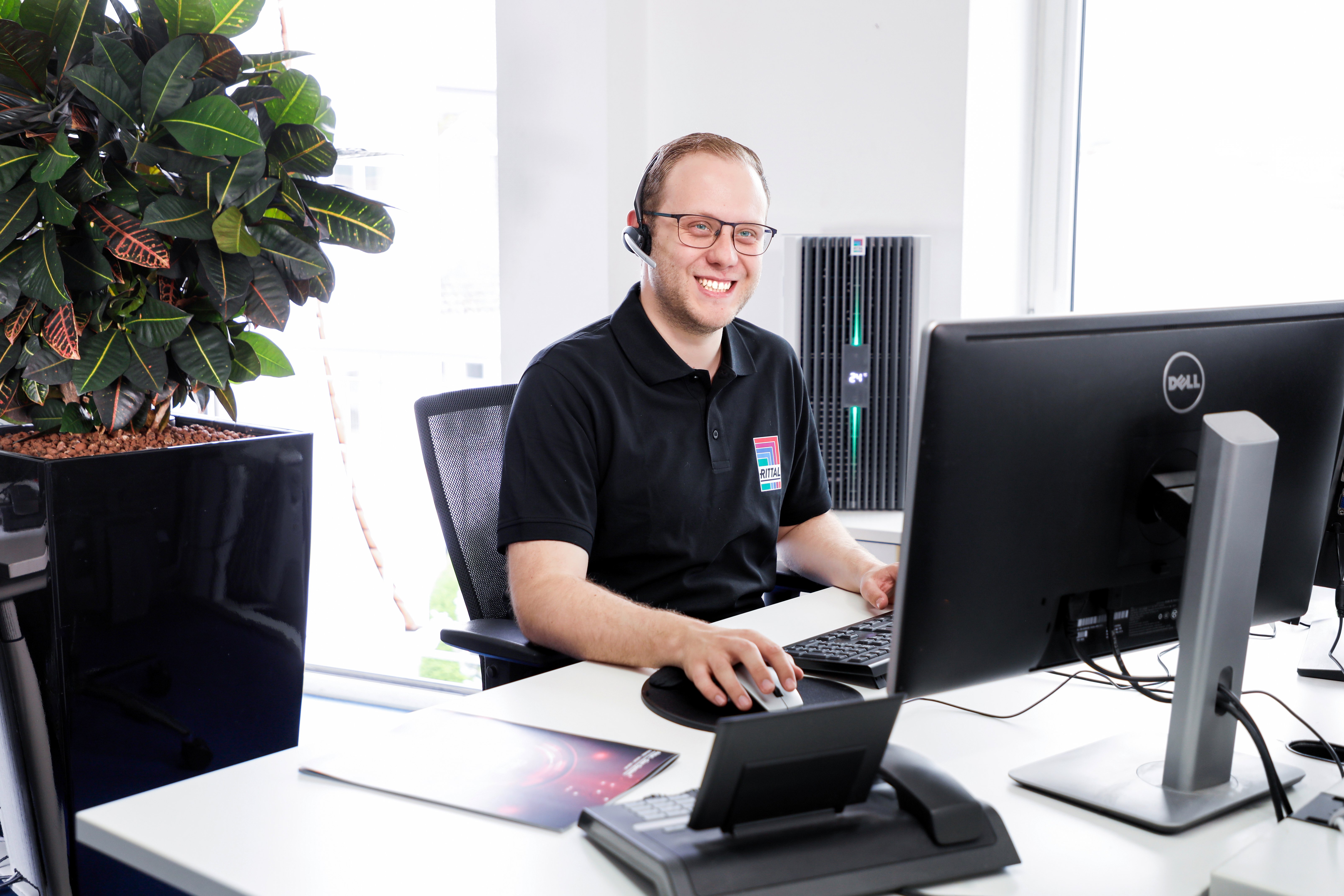
Cooling Failures: The Overlooked Risk in UK Manufacturing
Introduction
UK manufacturers are grappling with hugely challenging trading conditions which are putting huge pressure on margins. In response, many are sharpening their focus on the performance of existing assets while protecting margins by streamlining processes to avoid downtime and keep lines running smoothly. And yet, manufacturing equipment breakdowns are still occurring at an almost epidemic scale.
Unplanned downtime caused by production line failures is still alarmingly common. According to recent research into the true cost of manufacturing downtime by IDS-INDATA, in the last three years, more than 80 percent of industrial businesses in the UK and Europe experienced unplanned downtime, with each incident lasting around four hours.
While many things can lead to equipment malfunction, the research indicated that software and systems failures are a leading cause of production downtime. This is backed by evidence gathered from site visits and equipment surveys by our busy RiAssure team. Our data suggests that inadequate dissipation of heat around electrical components has become a major problem and is likely to be the root cause of many failures.

A Growing Yet Underestimated Problem
Manufacturers are currently trying to navigate a lengthy list of economic and logistical challenges, from supply chain issues to skills shortages and higher energy costs. Meanwhile, essential maintenance may be being deferred because of the challenges they face, which will only amplify the risk of cooling-related equipment failures.
Overheating can lead to costly breakdowns, production delays, and even permanent damage to vital equipment. The issue is becoming ever more commonplace as technology advances and as more businesses invest in sophisticated electrical systems including AI to support their operations.
Furthermore, any existing cooling infrastructure may be struggling because of higher operational demands, particularly if systems or circumstances have changed since the cooling equipment was installed. We’ve seen an increased frequency and intensity of summer heatwaves in the UK in recent years, leading to a rise in ambient temperatures, which is adding to demands on industrial cooling systems.
Why PLCs, VSDs, and Transformers Are at Risk
The reliability and performance of devices such as PLCs, VSDs and transformers — which are indispensable for production line processes and maintaining seamless operations — will be affected by insufficient climate control. All three are highly sensitive to temperature variations, which is almost certainly why we are seeing a correlation between these recent trends in manufacturing downtime and challenges associated with maintaining optimal operating temperatures.
PLCs are sophisticated devices incorporating sensitive electronic components. Exposing these components to higher-than-optimal temperatures means that they can degrade, which can cause intermittent operational errors, poorer performance, and eventually result in complete system failure.
Similarly, VSDs that regulate electric motor speeds generate substantial levels of heat during their standard operation. Insufficient cooling — or airways which have been blocked by dust and debris — can mean their internal components overheat, resulting in short circuits and drive malfunctions.
Even transformers, which are vital for electrical power distribution, are susceptible to thermal stresses that may compromise their insulation and potentially initiate catastrophic failures.

Practical Steps for Manufacturers
Manufacturers can put in place procedures to help lower the damaging effects of overheating. These include routine inspections: establishing inspection schedules by specialist (not general HVAC) teams for all critical equipment. Cleaning routines are also vital — ensuring that any ventilation pathways are unobstructed and free from dust and debris.
Deploying temperature monitoring devices can offer early warning of thermal issues. It’s also important to install cooling systems that are designed for the space where the systems are sited. Load management is another key strategy — ensuring that transformers and VSDs are not overloaded beyond their specified ratings. Where practical, manufacturers should regulate the ambient temperature and humidity within the areas housing sensitive equipment.
How RiAssure Can Help
RiAssure is a FREE cooling review at your premises by our trained staff.
It’s a no-obligation, honest assessment based on a visual inspection of your existing enclosures and cooling equipment allowing us to offer best practice suggestions to protect your systems.
We’ll provide you with a written report identifying any high risk components and enclosures, as well as recommended actions.
We may advise you have a more advanced investigation; in which case, we’ll provide you with a quote to do so.
Our advanced investigation varies by facility but might include using data loggers and or thermographic equipment to gather data, as well as taking pictures of your existing equipment, undertaking a review of your enclosures, and calculating the potential energy savings and ROI if you installed new/updated cooling equipment.



